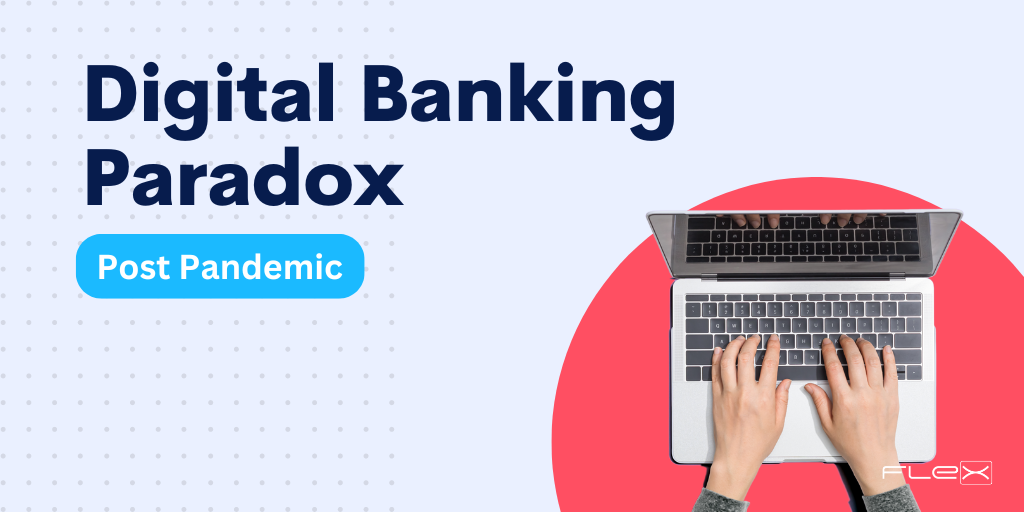Peer-to-Peer Payment Revolution
 In 2008, we saw the rise of the Gig Economy, an army of freelance workers trying to find whatever work they could during a recession when unemployment soared. It was expected to redefine the workforce and shake the foundations of traditional careers. Ultimately, the movement didn't hold out as expected, and the freelance work shifted more towards services work, like driving and delivery. In addition, the technology just wasn't there to drive mainstream adoption outside of major cities. But in 2020, the global pandemic, skyrocketing unemployment, and looming recession may have created the catalyst for an even broader gig economy to finally hit its stride. Simultaneously, the "socially distant" environment has shown options are needed to reduce contact while staying connected and working. This perfect storm of forced adoption, increased demand for gig work, and the need for contactless transactions - with seamless user experience - necessitates a responding change in the way we pay each other. Financial institutions (FI) need to get on board quick or they'll be left in the dust of their competitors. Enabling mobile payments, person-to-person (P2P), securely and simply is key.
In 2008, we saw the rise of the Gig Economy, an army of freelance workers trying to find whatever work they could during a recession when unemployment soared. It was expected to redefine the workforce and shake the foundations of traditional careers. Ultimately, the movement didn't hold out as expected, and the freelance work shifted more towards services work, like driving and delivery. In addition, the technology just wasn't there to drive mainstream adoption outside of major cities. But in 2020, the global pandemic, skyrocketing unemployment, and looming recession may have created the catalyst for an even broader gig economy to finally hit its stride. Simultaneously, the "socially distant" environment has shown options are needed to reduce contact while staying connected and working. This perfect storm of forced adoption, increased demand for gig work, and the need for contactless transactions - with seamless user experience - necessitates a responding change in the way we pay each other. Financial institutions (FI) need to get on board quick or they'll be left in the dust of their competitors. Enabling mobile payments, person-to-person (P2P), securely and simply is key.
Growing Demand for P2P
Whether someone needs to pay a landscaper, an accountant, a delivery person, or pitch in on flowers for a co-worker, it's clear that mobile P2P payments make these transactions easier. They can eliminate the many hassles and awkwardness of collecting debts, including no more "checks in the mail." The ability to pay each other with a few clicks of a smartphone reduces friction and enhances the user experience, which are both goals of today's FIs.
Recently, a survey was conducted across nine Federal Reserve banks to understand the need for Mobile Financial Services, including P2P mobile payments. It was found that 78 percent of consumers need to pay another person at times, and 20 percent used a Financial Institution (FI) provided, online or mobile P2P service. Nearly half of those that used these services believed they experienced increased convenience and saved time.
Mobile P2P payments have become critical, and building the tools to support them will only continue to prove useful in the future. Another survey of consumers "found that 33% reported ordering groceries online for the first time, and of those, 54% planned to continue this behavior after COVID-19. For those still shopping in-store, 30% used a contactless payment method for the first time and 70% of those planned to continue using that technology."
Growing Supply of P2P
In response to the growing demand for P2P payment options, there is also an equally growing supply. According to the survey, 44 percent of FIs offered mobile P2P payments in 2016, increasing to 56 percent in 2019, with an estimated 84 percent in 2021. P2P payment services offered by FIs can contribute to revenue through the volume of transactions and processing fees. While many of those currently in the P2P payment game are larger FIs, with assets over $500 million, modern core processors are ensuring that smaller FIs don't get left behind.
The Upside of Zelle
While there are services, like Venmo, that offer P2P payments, there is a social aspect of sharing payments publicly that many consumers may find unappealing. These services also create the need to hold buckets of money in multiple accounts. Zelle, a direct bank-to-bank mobile P2P network, offers mobile payments directly from a member account to another. Nearly half of the survey respondents offer, or plan to offer, Zelle in the coming year. This next generation service allows credit unions to facilitate members with enhanced payment options to transfer and receive funds and remittances, pay bills, and make payments.
This year has brought many unexpected changes, and in this case, has launched forward certain trends that have been growing slowly over the past few years. Investing in digital banking is an investment in your credit unions future. While members are currently using these digital payments among each other, there will soon be a demand for Consumer-to-Business (C2B) payments to follow and getting your technology on track to enable that can give you an advantage.
FLEX has partnered with Zelle® to offer person-to-person payments directly from within the FLEX mobile banking app.
This integration provides an innovative, mobile-first payment platform that will provide an enhanced member experience, offering a fast, safe and easy way to send and receive money with people and businesses they know and trust - typically within minutes!
Download the eGuide to learn more!



